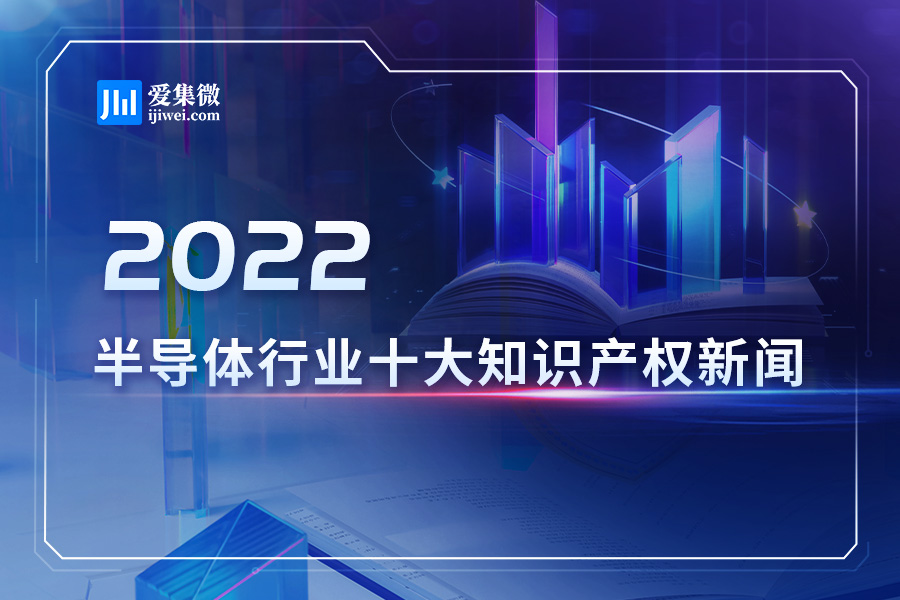
By Li Panpan

-
Huawei signed a patent license agreement with Nokia, OPPO, and Samsung in 2022; It owns about 10% of the world's 4G patents, 20% of 5G, Wi-Fi6, and H.266 patents, 30% of OTN and 10GPON patents, and 20% of IETF patents. The company's patent licensing income exceeded payment fees for two consecutive years, according to a Reuters report.
-
Intel signed a confidentiality agreement to resolve all pending lawsuits with the Institute of Microelectronics of the Chinese Academy of Sciences. These patent disputes between the parties could date back to as far back as 2018 when the Chinese firm accused Intel of infringing its FinFET patents and demanded compensation of at least RMB200 million ($29.07 million), disclosed Intel in its second-quarter financial report.
-
ARM sued Qualcomm, saying its acquisition of Nuvia did not grant ARM’s license to Nuvia to Qualcomm in August. Qualcomm submitted a rebuttal in October, saying ARM will no longer license its CPU cores to semiconductor companies such as Qualcomm under the Technology License Agreement (TLA). Industry analysts noted that if ARM raises the authorization method to the rumored level, competing architectures such as RISC-V will have the opportunity to expand the market.
-
UMC was fined NT$20 million ($651,370) in the case of Micron’s commercial secrets in the second instance in January 2022.
The defense lawyer of Jinhua IC stated that the DRAM technology provided by its partner UMC was not stolen in the lawsuit trial between Jinhua and Micron in April.
- IC giants are having patent disputes with NPEs. A federal jury in Texas said in November that Intel must pay VLSI Technology LLC $948.8 million for violating patents on VLSI computer chips. Intel said VLSI is a patent troll and would appeal to the court.
NPE LonghornIP said in October that SK Hynix had signed a patent license agreement with the company's subsidiary and resolved the patent dispute with confidentiality clauses.
WiLAN Subsidiary signed a patent license agreement with Micron in October, ending all pending litigation.
-
Xiaomi and OPPO are involved in patent disputes with international companies. Nokia withdrew a patent infringement lawsuit against OPPO in Germany in October. OPPO successfully invalidated the VoiceAgeEVS patent in August in Germany, a further step in the fight against patent trolls. Litigation-type NPE CrystalClearCodec used Huawei patents to sue OPPO and Xiaomi in August.
-
Thirteen companies and research institutions from the Chinese mainland are among the 25 senior members of the RISC-V International Foundation in 2022, accounting for more than half and indicating the market influence of Chinese manufacturers.
-
Japanese panel manufacturer JDI, Panasonic, and Chinese company Tianma Micro reached a settlement and withdrew all lawsuits against each other in January, saying they signed a patent cross-licensing agreement and Tianma Micro would pay patent licensing fees to JDI and Panasonic.
-
AMD and ADI settled on the previous semiconductor patent disputes in November and committed to technical collaboration to bring next-generation solutions to their communications and data center customers.
-
The 2nd Mobile China Alliance Annual Meeting was held in Xiamen with JW Insights’ JiWei Semiconductor Summit in July.
It was agreed to add intellectual property directors from Huawei and ZET as vice-chairmen of the alliance. The current vice-chairmen include intellectual property directors from OPPO, VIVO, Xiaomi, Transsion, Honor, Unisoc, CATL, and Wisteria’s chairman and CEO. In addition, Lao Yao, the founder of JW Insights, continues to serve as the alliance’s chairman, and Chen Baoliang, general manager of JW Insights’ legal consulting division, serves as the secretary general of the alliance.








